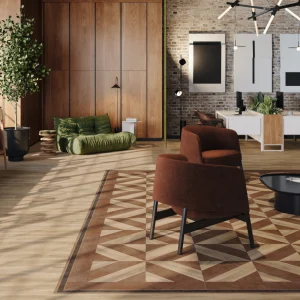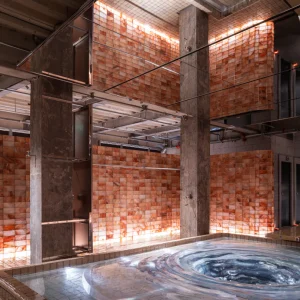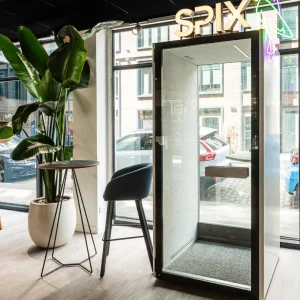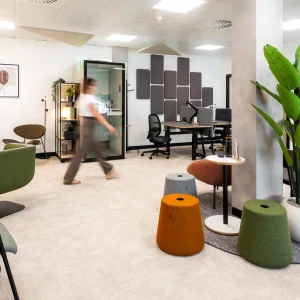Designed by Pritzker Prize winning architect Thom Mayne of Morphosis Architecture, Cooper Union’s new nine-storey, 175,000 square feet academic building at 41 Cooper Square has been awarded the LEED-Platinum status by the U.S. Green Building Council (USGBC) and verified by the Green Building Certification Institute (GBCI).
Dr. George Campbell Jr., president of the Cooper Union for the Advancement of Science and Art, stated that they challenged Thom Mayne to design an innovative structure that would inspire and contribute to nurturing the exceptional, creative talent. They also placed a high priority on achieving the highest levels of energy efficiency, environmental quality and sustainability.
The certification of 41 Cooper Square as a LEED Platinum building highlights Cooper Union’s commitment to Mayor Bloomberg to reduce its carbon footprint by up to 30% by 2017. Cooper Union has now surpassed the Mayor’s challenge, exceeding the goal by 10% and achieving that seven years early, added Dr. Campbell.
The distinctive and architecturally bold building replaces almost 40% of the college’s academic space. It was developed at a cost of $150 million and features sophisticated reconfigurable classrooms, laboratories, studios and public spaces. It houses the Albert Nerken School of Engineering and Faculty of Humanities and Social Sciences, along with student and teaching studios and common spaces that serve the School of Art, the Irwin S. Chanin School of Architecture and the public.
As the engineer of record, US-based consulting, engineering and commissioning firm Syska Hennessy provided MEP, sustainable, fire protection, audio visual, IT, security and cogeneration design services that support the bold and iconic architecture of Thomas Mayne. A collaborative approach was crucial because of the complexity of the building and its need to be multi-functional within limited space which had stringent requirements.
Innovative engineering applications were designed by Syska Hennessy, including radiant heating and cooling ceiling panels and radiant heating and cooling floors on the lower levels that modulate the building temperature and increase occupant comfort; a double-wall, operable façade made of a perforated exterior metal skin, which controls the level of daylight and glare, and acts a barrier for the heat gain entering the building; and airside heat recovery, variable air volume (VAV) systems with integrated controls for demand-controlled ventilation, and high efficiency, VAV fume hoods.
Other sustainable features developed are a green roof and a storm water collection system, which manages storm run-off and pollutants, ensuring that no potable water is used for irrigation and provides water for toilet fixtures on the lower floors; Building Management System (BMS) controls all mechanical equipment and lighting systems thorough integrated controls and occupancy sensors; and a Measurement and Verification System, which automatically tracks the major utilities (gas, water, electricity) throughout the course of the year and compares the energy savings with the energy model developed for the building.
In addition to the sustainable MEP design, Syska Hennessy’s Technology Group provided audio visual design, security and IT services. In coordination with Cooper Union and architect, they developed a standardized ‘smart classroom’ infrastructure, and state-of-the-art electronic access and IP video systems to control multiple access points for the building.
The Cooper Union for the Advancement of Science and Art, founded by industrialist and philanthropist Peter Cooper, is one of the top ranked private colleges in the US, offering degree programs in art, architecture, and engineering.





